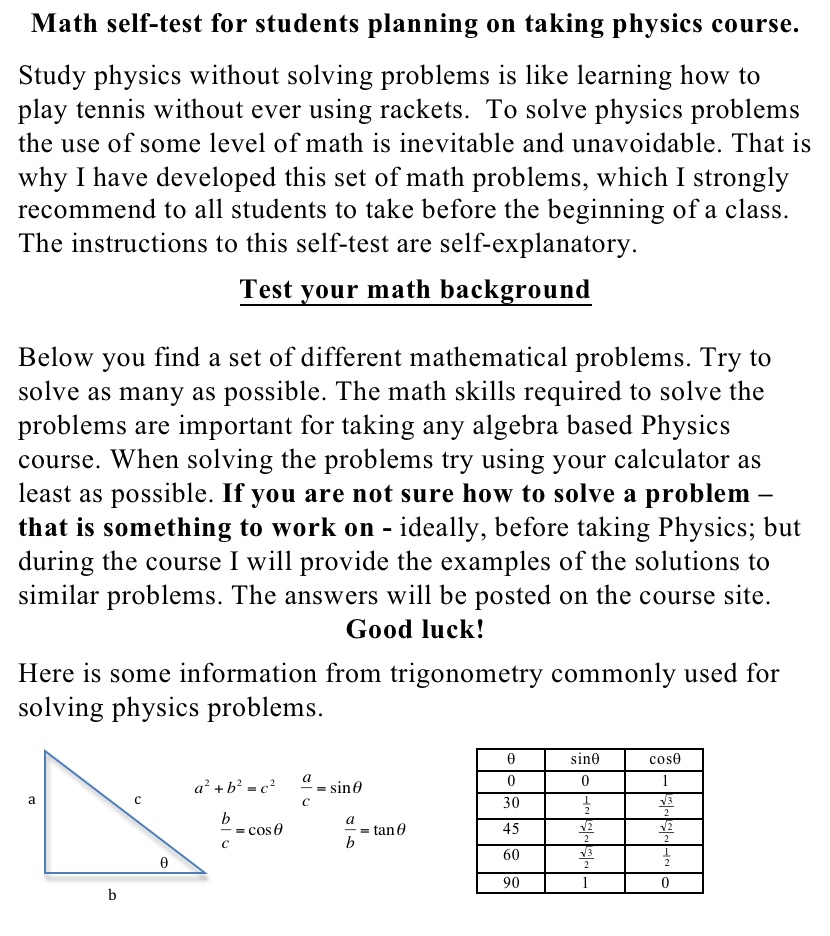
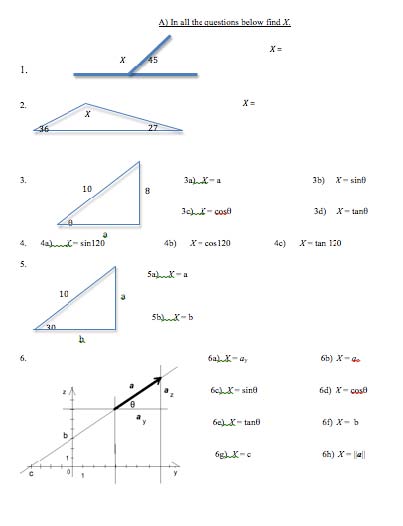
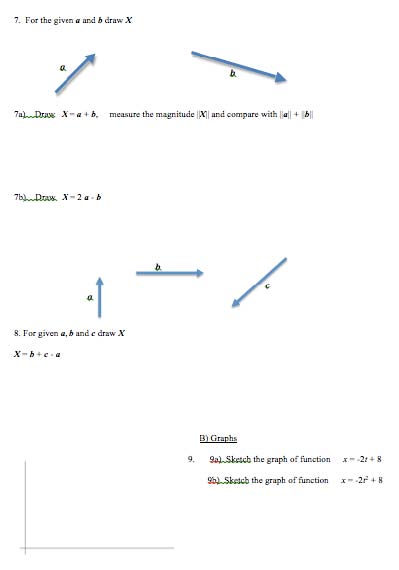
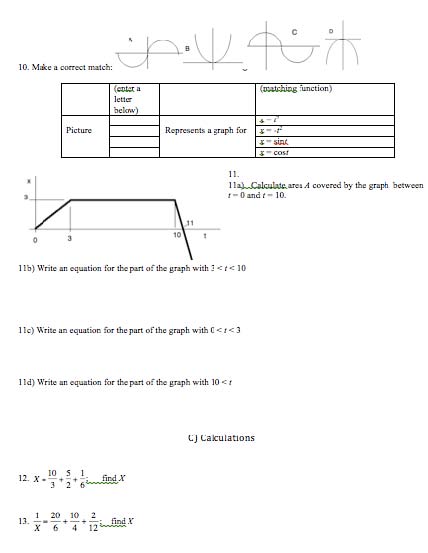
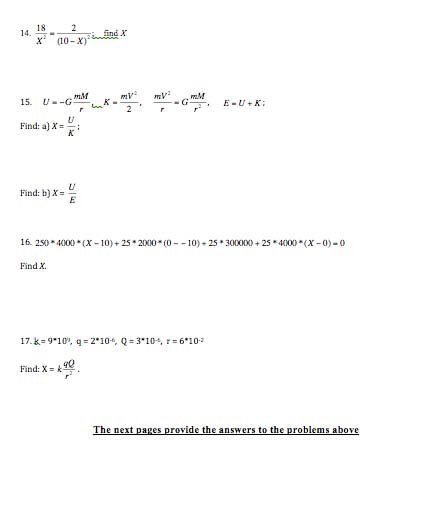
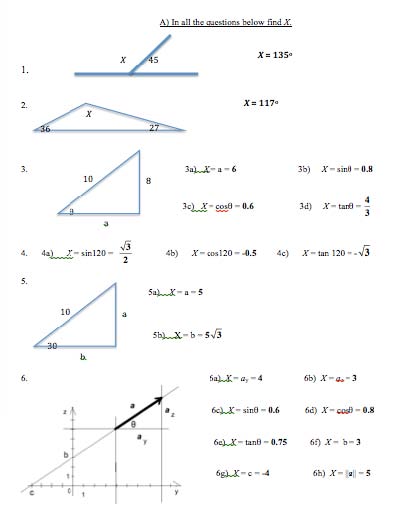
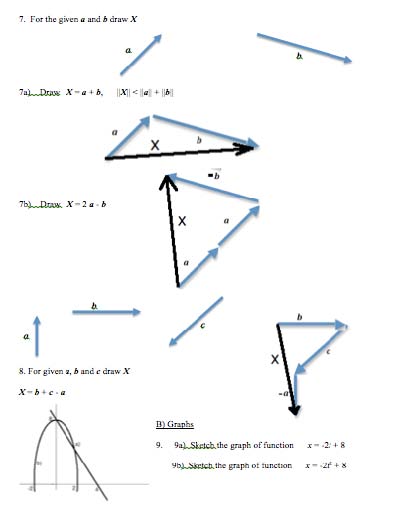
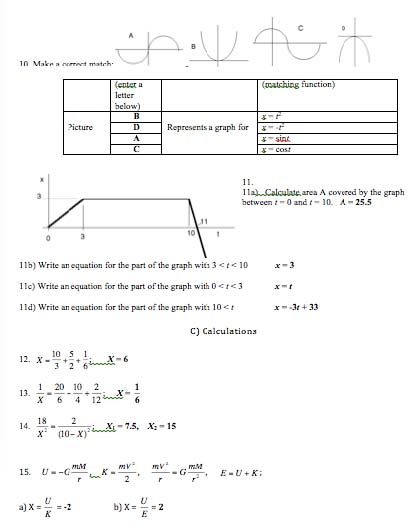
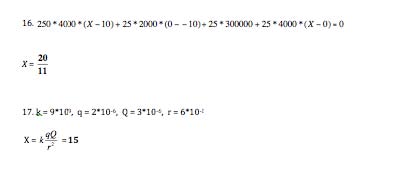
<<back to publications<< >> to Teach0logy.xyz>>
What Math Skills do Physics Students Need to Have?
(the link to pdf: www.GoMars.xyz/mst/mst.pdf)
In his recent paper (https://www.researchgate.net/publication/308568264_Analysing_the_Competency_of_Mathematical_Modelling_in_Physics) Prof. Redish analyses the set of mathematical skills physics students need to have in order to success in a physics course. He also touches methodology behind his analysis.
As a practitioner, I have developed and successfully used for many years a hands-on approach to the problem of math in physics courses (and I have evidence that this approach has been appreciated by my students: www.GoMars.xyz/evvv.html).
As a teacher, I don’t need to guess what math skills do students need to know, I need to know that!
And the full set of such math skills comes from the full set of problems students need to be able to solve (actually or potentially) during (and after) the course.
Since it is I, who writes the syllabus, selects topics, problems, assignments, it is I who has to make the match between physics problems and mathematical skills. And, of course, I did.
But I did not express the result of that match using a textual description (“students need to know …, and need to be able to perform …”), I expressed it in the form of a set of math problems students need to be able to solve; which is basically, a mathematical analogy of FCI (the methodology behind this approach is presented here: http://www.teachology.xyz/2020.html).
The general methodology to teaching physics is presented in the series of publications:
1. What does “thinking as a physicist” mean?
http://teachology.xyz/general_algorithm.htm
3. Learning aides for students taking physics.
4. A Map of Operationally Connected Categories as an instrument for classifying physics problems.
http://teachology.xyz/mocc.htm
5. On a definition of science, Intelligence, and AI
https://www.researchgate.net/publication/322056445_On_the_science_of_Artificial_Intelligence
The developed set of math problems (see below) is presented to students at the beginning of each course in the form of a laboratory exercise. Initially, it was handed out to students during the lab time, but eventually it was converted into a webassign.
The instructions note that the “test” will not be graded, but students should apply the best effort, and take notes to all difficulties they may have during the test (and work them out as soon as possible).
There is a natural intention to search for correlations between the grade on the math test, and the final grade for the course. However, that correlation would be misleading. In education, like in quantum mechanics, measurement affects the system. When student know they weaknesses, they can concentrate on fixing them quickly enough, so those weaknesses would not affect their progress in study physics.
The
“test” is not
an assessing tool, but a motivational
instrument.
PY
105
Lab
1: Collecting Data
Physics is a data driven science, that is why physics is so successful.
When teaching physics, in order to maximize learning outcomes of students, we (the instructor, and TFs) try to apply the same approach - which had been so successfully used for doing physics
– and for that we need data.
This exercise is designed for collecting data, which every student will be able to use for the following self- assessing activities. The analysis of the data will also help to adjust the course material and making it as productive as possible for the majority of students.
NO personal data will be extracted from these surveys, ALL information will be used ONLY in the aggregated format (i.e. as a normalized distribution);
your name will be used only for taking attendance (and for confirmation of the effort put into the work, to validate the grade for the IL1).
This is an individual exercise. Every student should use an individual computer and should not consult with anyone else.
Please, login into webassign.net (follow the instructions in the syllabus). You should see three short surveys/tests available for you; (a) FCI probes your current conceptual understanding of mechanical events; (b) MathSelfTest is designed to assess your mathematical skills; (c) a student status Pre-Survey (the history of taking math and physics, course expectations, etc.) presents a general social statistics of the student body.
Please, do the assignments in the following order (take short brakes when needed):
1. FCI (1 – 1.5 hours); 2. MathSelfTest (1 – 1.5 hours); 3. Pre-Survey (about 30 minutes)
The first two tests have some questions to which you should not know the answers (questions like that might comprise about one third of the all questions). For those questions you should provide your best guess (“trust your gut”). Some questions should be very obvious for you, in that case do not overthink the question, answer what first comes to mind, there are no tricks.
Please, apply your best effort (which is revealed via distinctive indicators, including timing, answers distribution, etc.), but do not spend on the two first tests more than an hour and a half per each test (1 - 3 minutes per a question/problem). The last survey should not take more than a half of an hour.
Please, note => each question can be answered only ONCE!! For each test you are given ONLY ONE submission for each question. After you submit your answer you cannot change it any more. It is useful to save your answers from time to time during the test (scroll down the page, click SUBMIT).
During each test you will NOT know if your answer is correct or wrong, you will NOT see the check mark (neither correct nor wrong; if on occasion a checkmark appears, just ignore it because it does not mean anything).
If you need to enter an answer with a decimal point, round it up up to four digits after the decimal point; you can also enter fractions in form nn/mm (for example if the result comes from calculating 10 divided by 3, you can write a fraction 10/3, or a decimal number 3.3333).
Please, keep in mind => each question can be answered only ONCE!! After you submit your answer you cannot change it any more. However, after the due day you will be able to see the answers to FCI and to MathSelfTest at http://www.learn.bu.edu/.









<<back to publications<< >> to Teach 0 lo gy.xyz>>